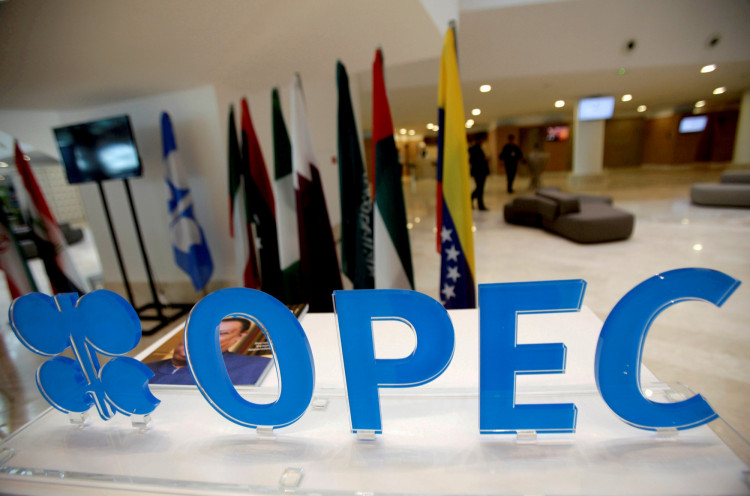In the wake of Saudi Arabia's announcement last week to extend its voluntary oil production cut of 1 million barrels per day until the end of December, and Russia's decision to prolong its export reduction of 300,000 barrels per day to the same period, OPEC's latest monthly report released on Tuesday predicts a global oil supply shortage exceeding 3 million barrels per day in the fourth quarter. This could be the largest deficit in over a decade.
OPEC's recent report largely maintains its global oil supply and demand projections for this year and the next. According to OPEC, its 13 member countries have, so far this quarter, produced an average of 27.4 million barrels of oil daily, about 1.8 million barrels less than consumer demand. If OPEC maintains its current production levels, the fourth-quarter demand is expected to be 30.7 million barrels, nearly doubling the supply-demand gap.
Third-quarter data indicates a rapid depletion of crude oil inventories, a situation expected to worsen in the fourth quarter. OPEC anticipates a daily inventory reduction of 3.3 million barrels next quarter. If this holds true, it would represent the largest inventory decline since at least 2007. Currently, crude oil inventories in developed economies are about 114 million barrels below the average levels seen from 2015 to 2019.
The oil market is currently experiencing record-high demand. Collaborative supply restrictions by Saudi Arabia and Russia have further tightened an already strained supply, causing oil prices to surge past $90 a barrel on several trading days, a first since last November.
The OPEC report also highlighted that Russia's oil production remained stable at 9.5 million barrels per day in July.
OPEC and its allies are set to convene on November 26 to review their oil production policies for the upcoming year.
On the same day, the U.S. Energy Information Administration (EIA) raised its Brent crude price forecasts for this year and the next by nearly $2. The EIA now expects Brent crude prices to average $84.46 per barrel in 2023 (previously $82.62) and $88.22 in 2024 (previously $86.48). Gasoline prices on the NYMEX are projected to be $3.60 per gallon in 2023 (previously $3.56) and $3.52 in 2024 (previously $3.45). The EIA's next report is slated for release on October 10.
Rising energy prices pose a fresh inflationary threat to the West. Diesel prices in Europe have skyrocketed, and U.S. gas stations have recently reported regular gasoline prices surpassing those of the same period in 2022, marking the second-highest since records began in 1994. U.S. airlines are also warning passengers to brace for rising costs. High inflation could jeopardize President Biden's re-election prospects.
Behind Saudi Arabia's aggressive production cuts, which have driven up oil prices, lies its domestic financial needs. Some analysts suggest that Saudi Arabia might require oil prices close to $100 per barrel to support its government spending and Crown Prince Mohammed bin Salman's ambitious slate of projects. The kingdom has already invested heavily in various ventures, such as the construction of the futuristic city, Neom.
While OPEC's latest report underscores the tightness in the oil market, the International Energy Agency (IEA) predicted on the same day that global demand for oil, natural gas, and coal is expected to peak by the end of 2030. Due to the rapid growth of renewable energy and the proliferation of electric vehicles, consumption of these three major fossil fuels will decline over the next decade, signaling the "end" of the fossil fuel era.






